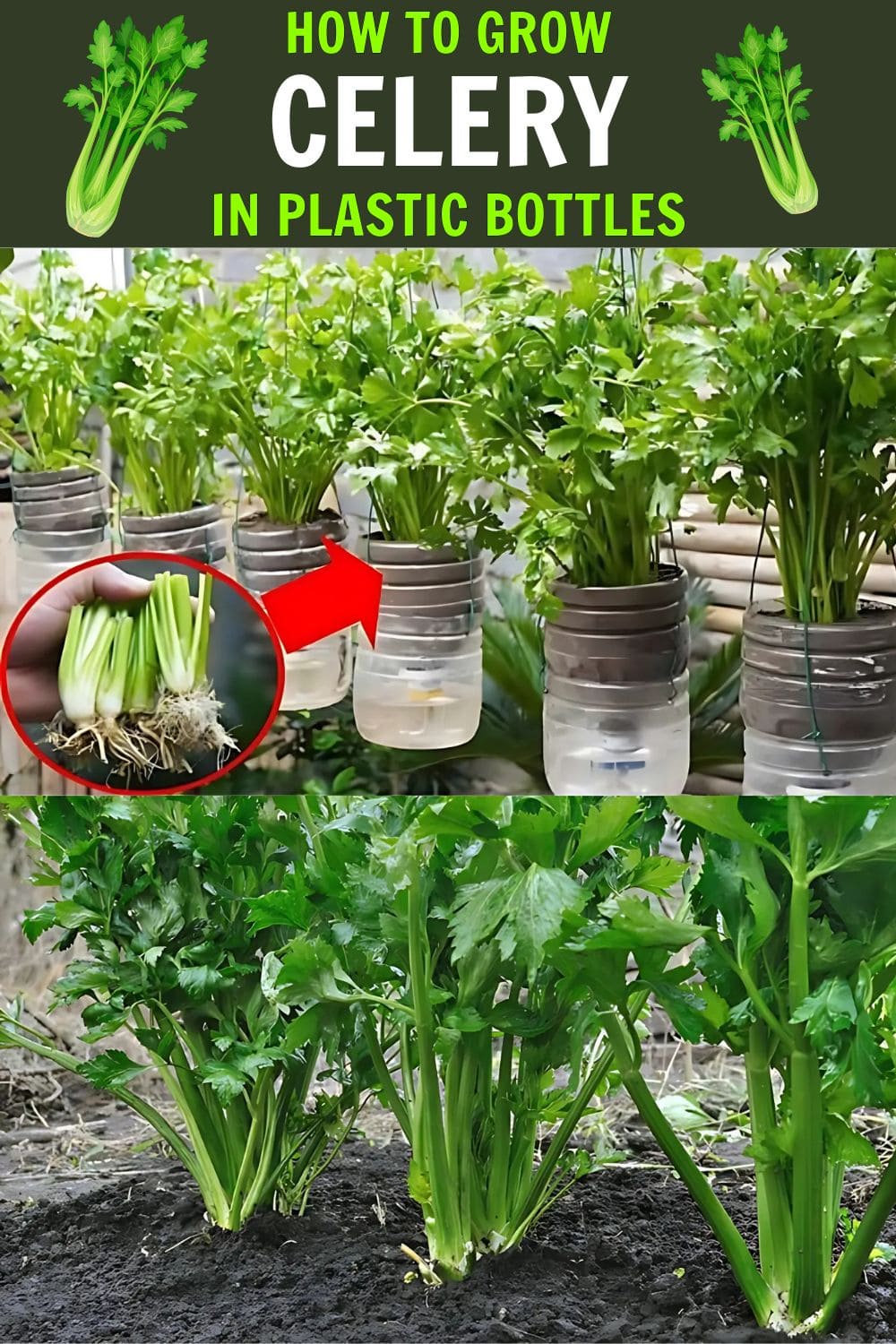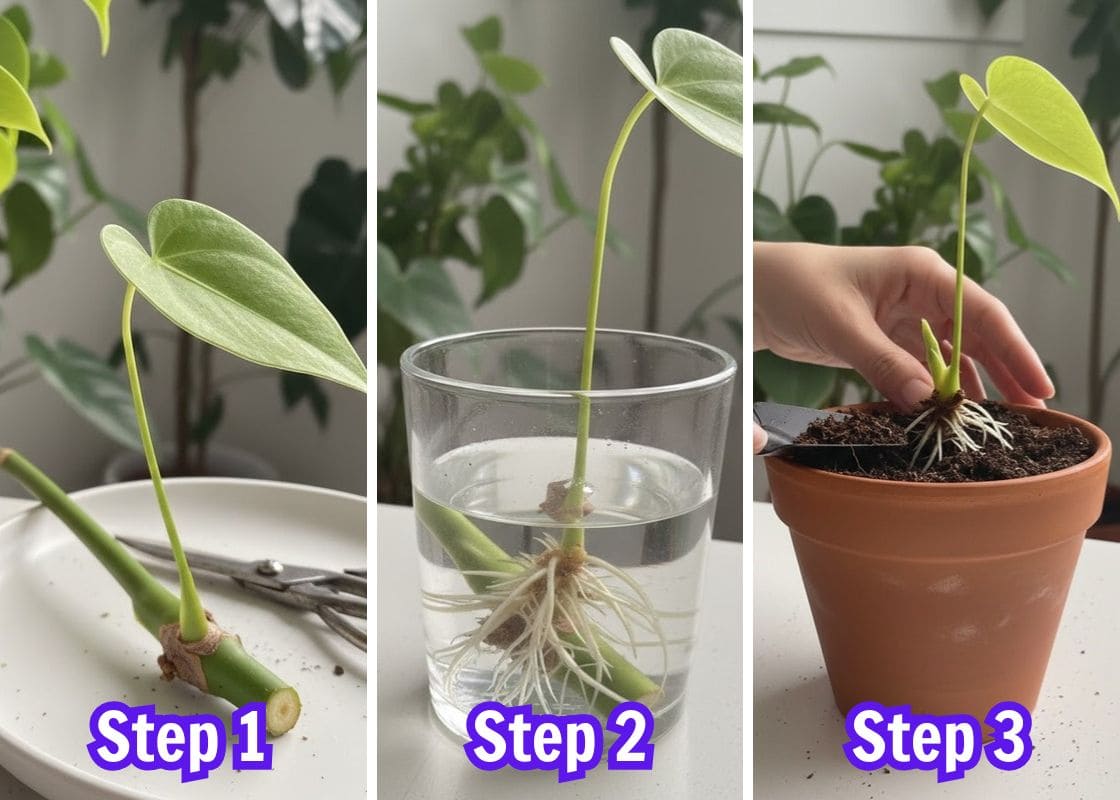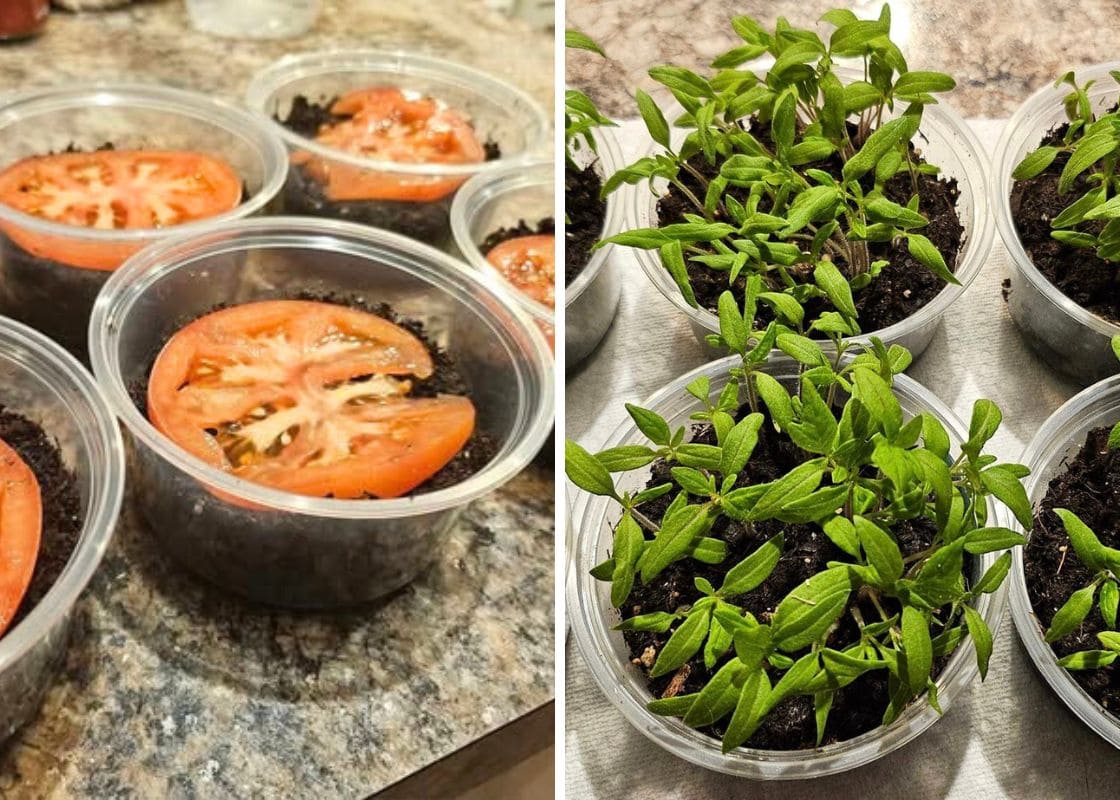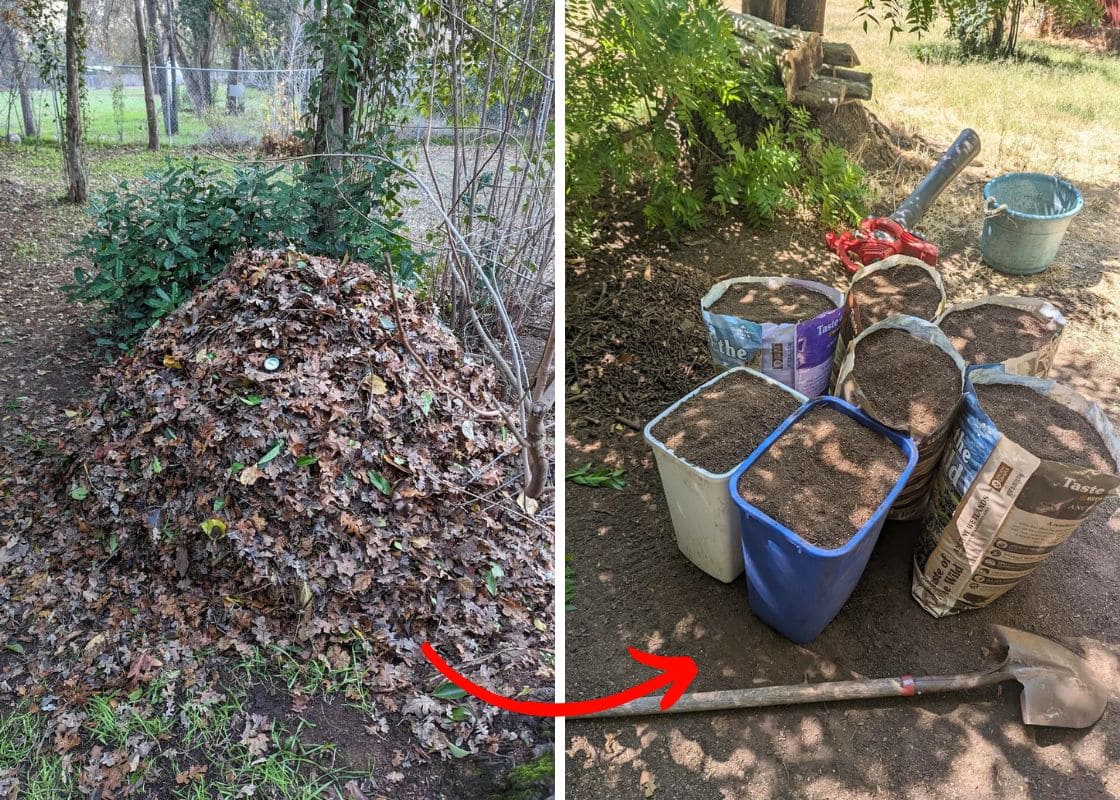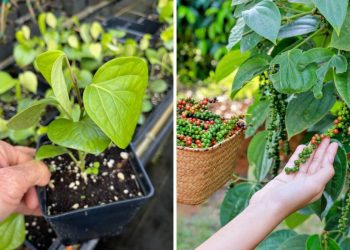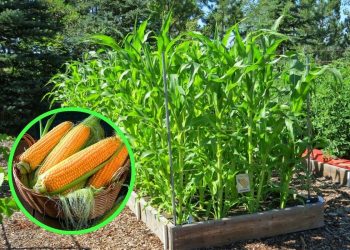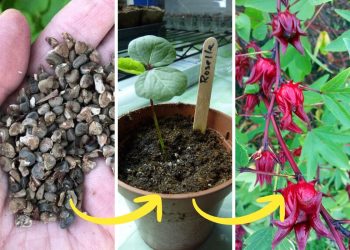Celery has always been one of those tricky plants for many gardeners. It takes patience, constant moisture, and a bit of care to get those crisp, flavorful stalks.
But what if I told you that you could grow celery in something as simple as a reused plastic bottle?
Over the years, I’ve experimented with all kinds of DIY gardening methods, and this one stands out for its simplicity, sustainability, and space-saving advantages.
Whether you have a big garden or just a sunny windowsill, this method makes it easy to grow fresh celery at home.
Why Grow Celery in a Plastic Bottle?
I started growing celery in plastic bottles as a way to reuse old containers, but I quickly realized it offers more than just sustainability.
Plastic bottles act as mini greenhouses, helping to retain moisture, something celery absolutely loves. The compact setup also means I can grow it indoors or on a small balcony without taking up much space.
Plus, by using a clear plastic bottle, I can monitor root growth and water levels easily.
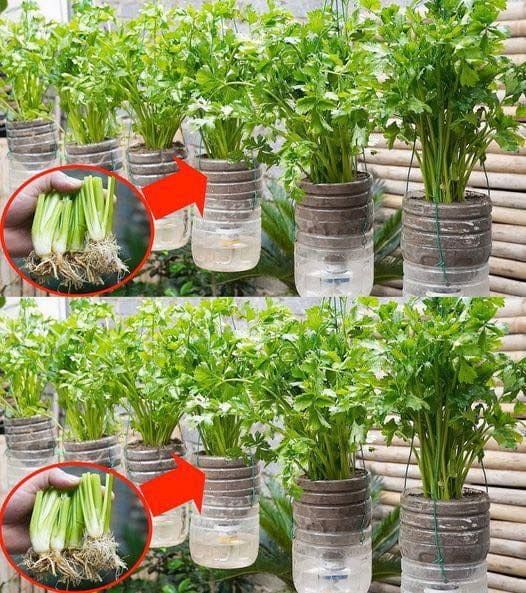
Getting Started: What You Need
To begin, you’ll need:
- A large plastic bottle (2-liter soda bottles work best)
- A sharp knife or scissors
- Potting soil (rich in organic matter)
- Celery scraps or seeds
- Water and a sunny spot
Step-by-Step Guide to Growing Celery in a Plastic Bottle
1. Preparing the Plastic Bottle
I usually start by cutting the top off the plastic bottle, about 6–8 inches from the bottom. This creates a deep enough container for the celery’s roots.
If I want a self-watering system, I cut the bottle in half and use the top part as a funnel that sits inside the bottom half, with a wick pulling up water from below.
I also make a few small drainage holes at the bottom to prevent water from sitting and rotting the roots. Good drainage is key, especially since celery loves moisture but hates being waterlogged.
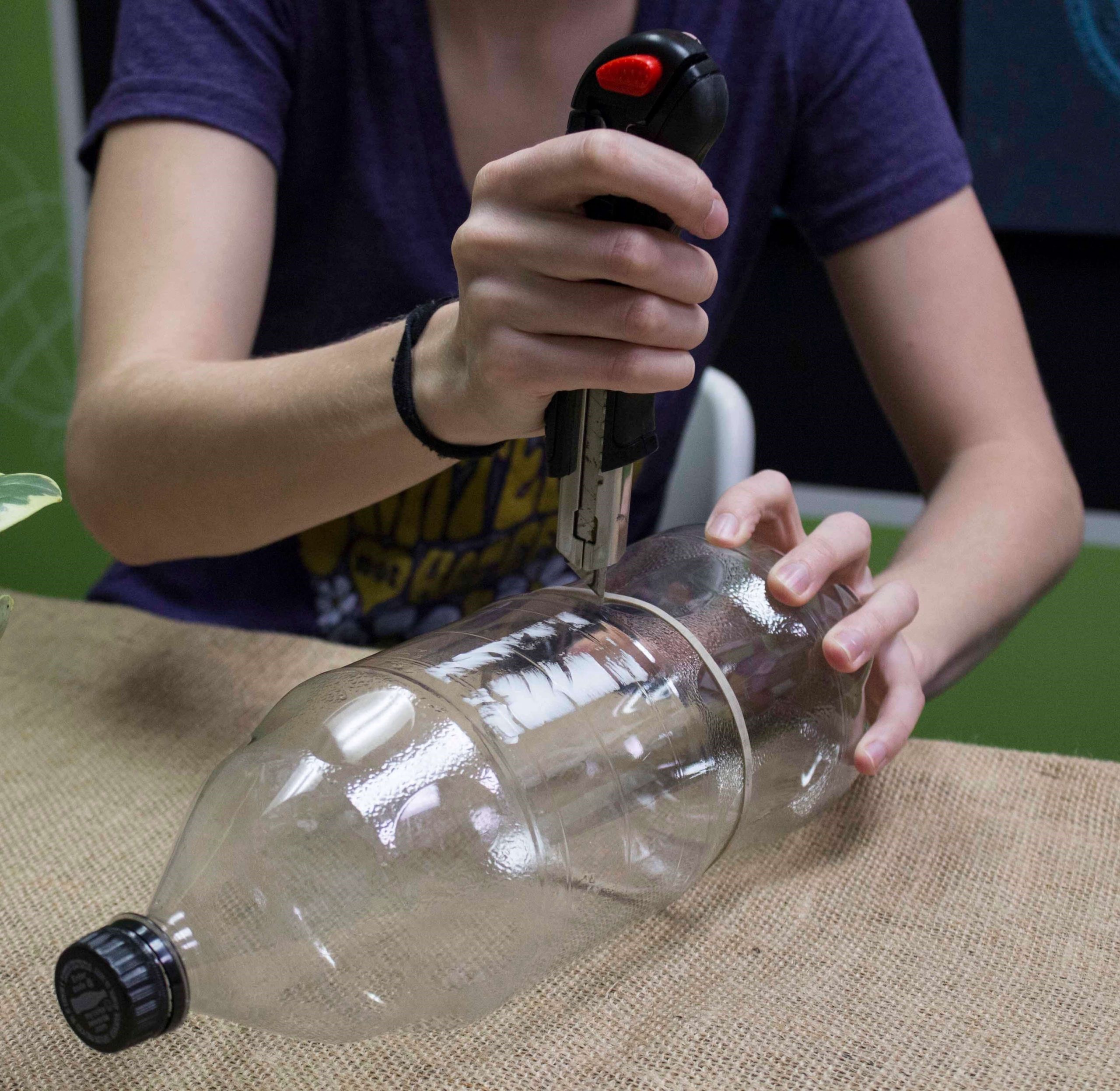
2. Choosing Between Celery Scraps or Seeds
There are two ways to grow celery this way. If I’m in a hurry and want faster results, I use the bottom of a store-bought celery stalk.
I simply cut off about two inches from the base and place it in a shallow dish of water for a few days until new roots and leaves appear. Once it has a good root system, I transplant it into the prepared bottle.
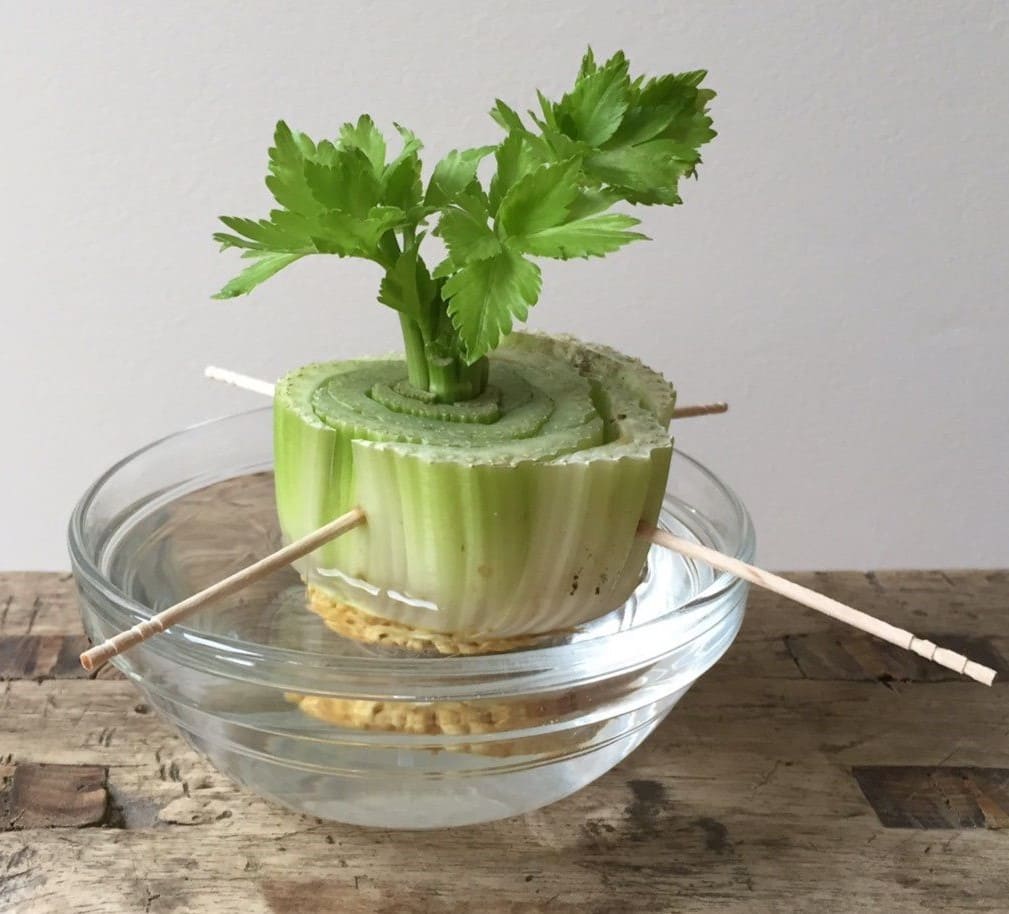
If I want a more traditional growing experience, I start with celery seeds. These take longer to germinate (sometimes up to three weeks), so I soak them overnight before planting to speed things up.
3. Planting and Caring for the Celery
Once the bottle is filled with moist, nutrient-rich soil, I plant my celery either by gently pressing seeds into the surface or by placing the rooted celery scrap in the middle. I make sure the growing point (where the leaves sprout) stays above the soil.
Celery is a slow grower, and patience is essential. I keep the soil consistently moist, watering whenever the top feels dry.
Since plastic bottles can dry out quickly, I check daily, especially if I keep them near a sunny window. To prevent overheating, I sometimes wrap the bottle with a piece of burlap or fabric.
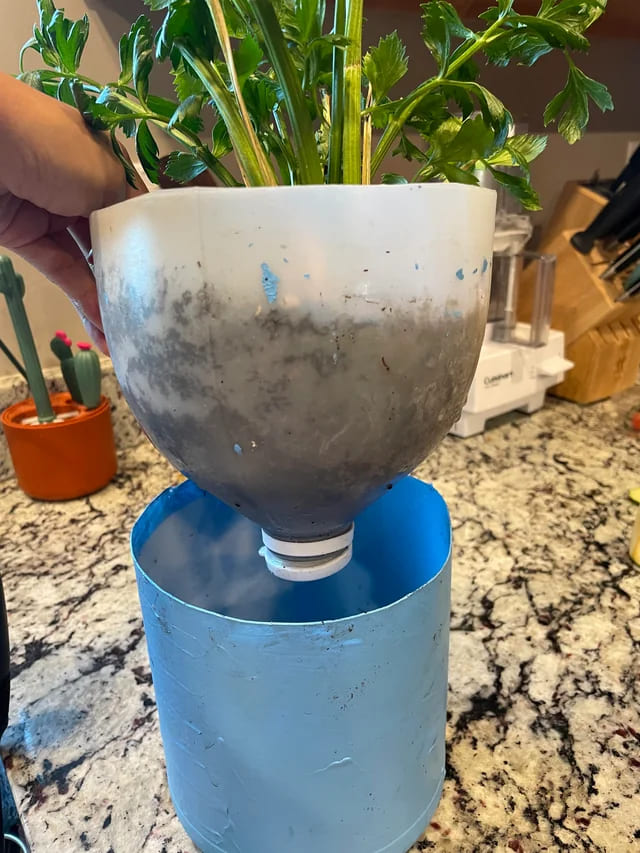
4. Providing the Right Conditions
Celery thrives in cooler temperatures and partial sunlight, so I place my bottle where it gets around six hours of indirect light per day.
If I grow it indoors, I sometimes rotate the bottle every few days to ensure even growth.
Fertilization is key. Since plastic bottles limit the amount of nutrients available, I feed my celery with diluted organic compost tea or liquid fertilizer every couple of weeks.
A little fish emulsion or seaweed extract also helps boost growth.
5. Harvesting Fresh Celery
The best part of this process? I don’t have to wait for full-sized stalks.
Instead of harvesting the entire plant, I trim outer stalks as needed, allowing the inner ones to keep growing. This way, I get a continuous supply of fresh celery without replanting every time.
If I’ve started from seeds, I usually wait around four months for a mature plant, but for regrown scraps, I can start harvesting small stalks in just a few weeks.
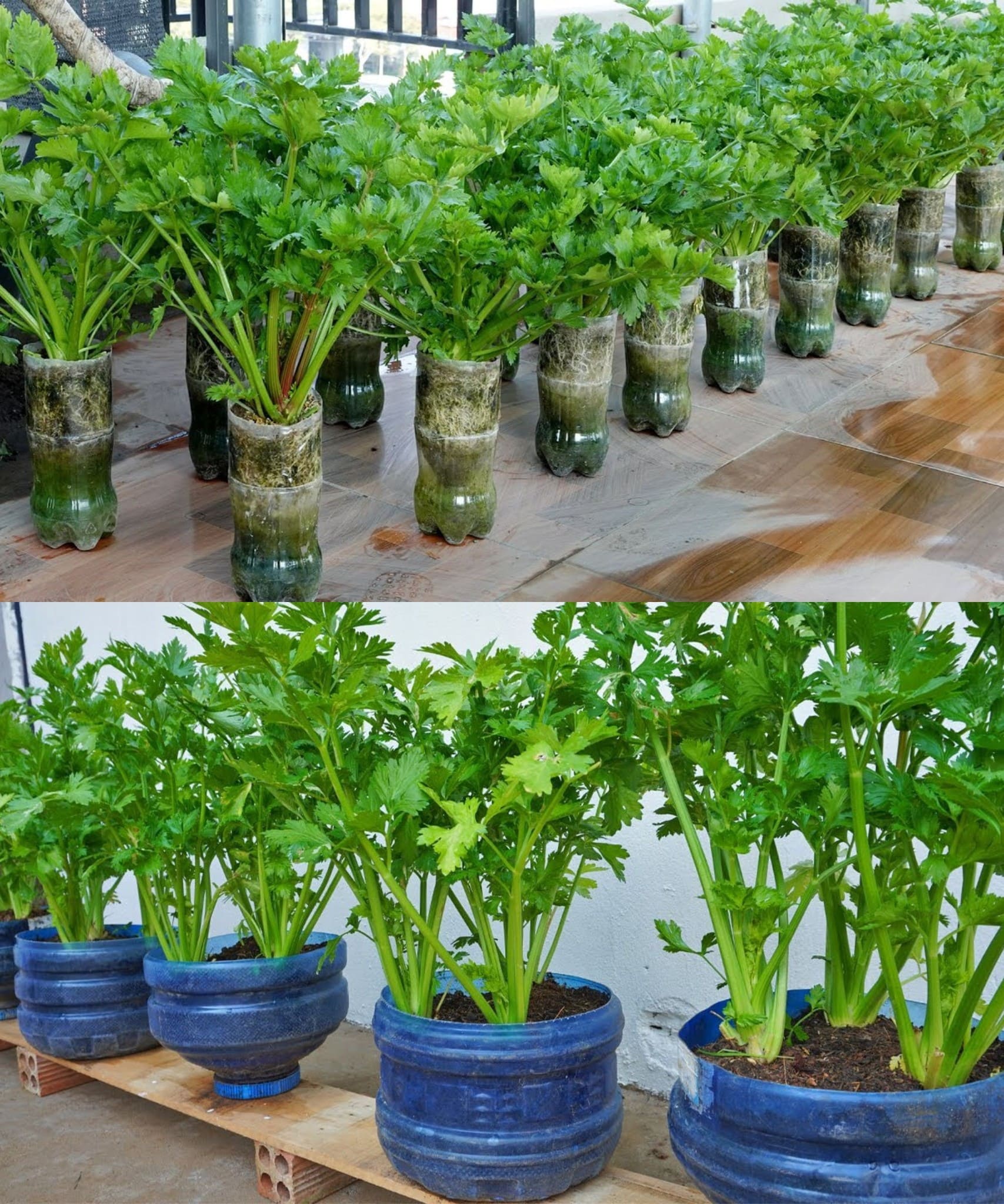
Troubleshooting Common Issues
Growing celery in a plastic bottle isn’t completely foolproof, but most issues are easy to fix:
- Wilting or weak growth – This usually means it’s too hot, not getting enough water, or lacking nutrients. I make sure to water regularly and feed occasionally.
- Yellowing leaves – A sign of overwatering. If this happens, I check that my drainage holes are working and let the soil dry slightly before watering again.
- Slow growth – Celery is naturally slow, but if it’s barely growing, I check for compacted soil, move it to a slightly sunnier spot, and make sure it’s getting enough nutrients.
